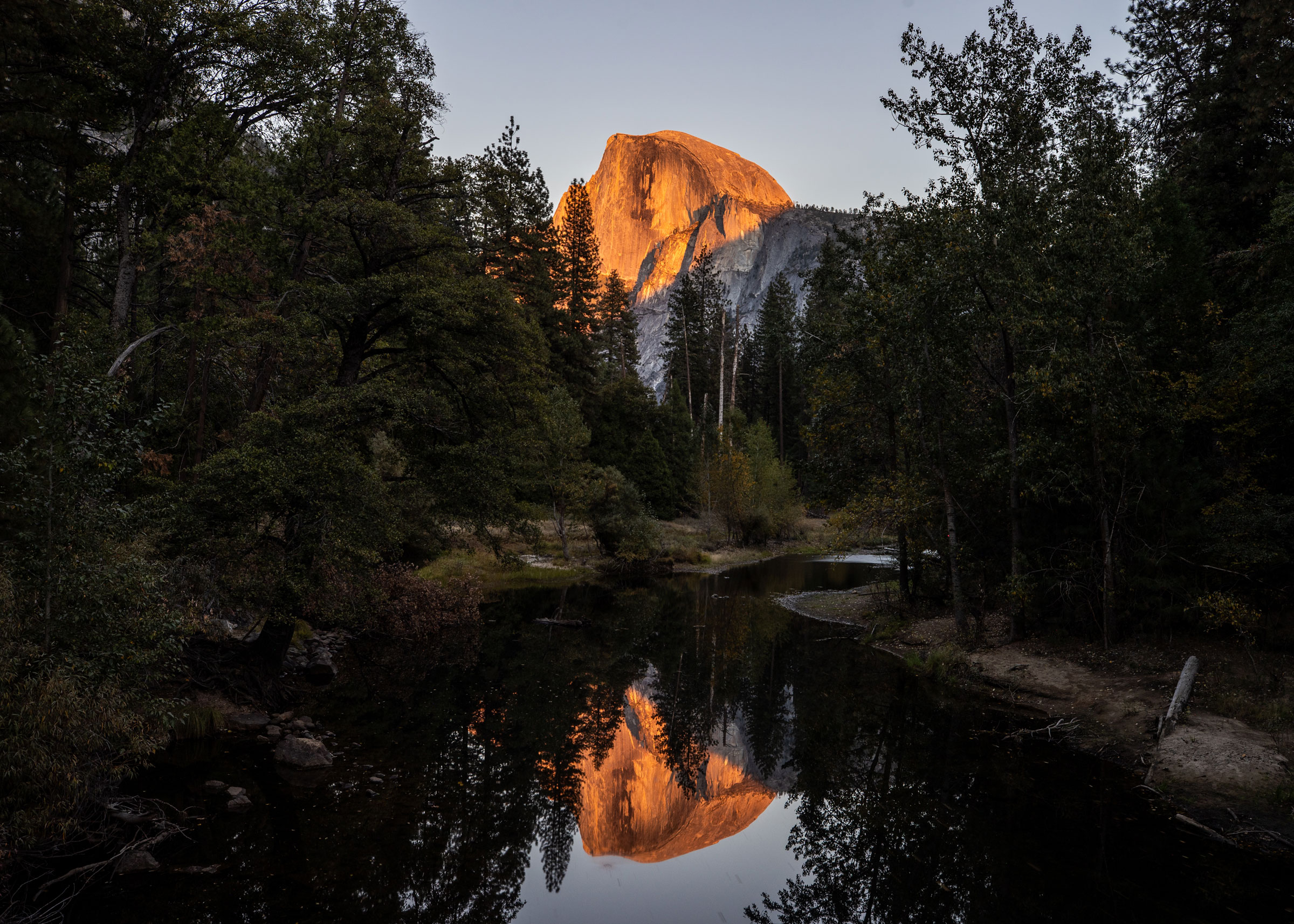
The wonders of Yosemite National Park are many: El Capitan, Half Dome, Cook’s Meadow, Yosemite Falls. The annoyances of Yosemite National Park are two: crowds and traffic. For the past three summers, the beloved national park in eastern-central California limited visitors for COVID-19 safety (and the impact on the park) with a reservations system, resulting in a significant visitation drop.
This year the park is open to anyone and everyone, and the infrastructure is finally getting some much-needed attention from the National Park Service. A new $10 million visitor’s center, opening in March, will offer guests tours and ranger walks. By late May, 16 miles of the breathtaking Glacier Point Road will reopen, after not having been repaired in 50 years. The road curves have been re-engineered for safety and the potholes repaved to minimize car congestion.
Come July, guests will get to walk up to the 620-ft.-high Bridalveil Fall, which has not been accessible since 2019. And for the first time ever, the treacherously steep path up to the waterfall has been replaced by a handicap-accessible route, complete with signs from the seven affiliated Native American tribes of Yosemite telling their history with the natural wonder. For those wanting to spend the night, the iconic National Historic Landmark lodging, The Ahwahnee, will reopen to visitors in March, following a monthslong seismic renovation.
More Must-Reads From TIME
- The 100 Most Influential People of 2024
- Coco Gauff Is Playing for Herself Now
- Scenes From Pro-Palestinian Encampments Across U.S. Universities
- 6 Compliments That Land Every Time
- If You're Dating Right Now , You're Brave: Column
- The AI That Could Heal a Divided Internet
- Fallout Is a Brilliant Model for the Future of Video Game Adaptations
- Want Weekly Recs on What to Watch, Read, and More? Sign Up for Worth Your Time
Contact us at letters@time.com